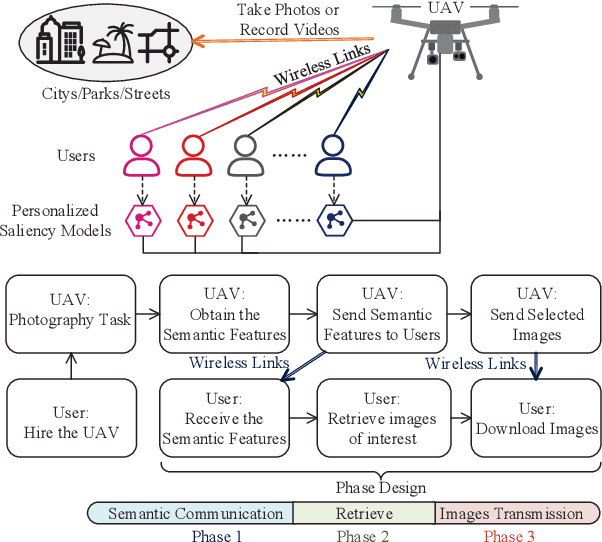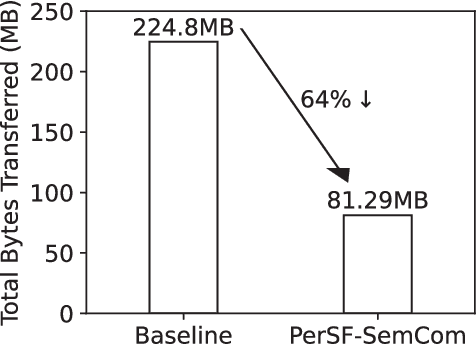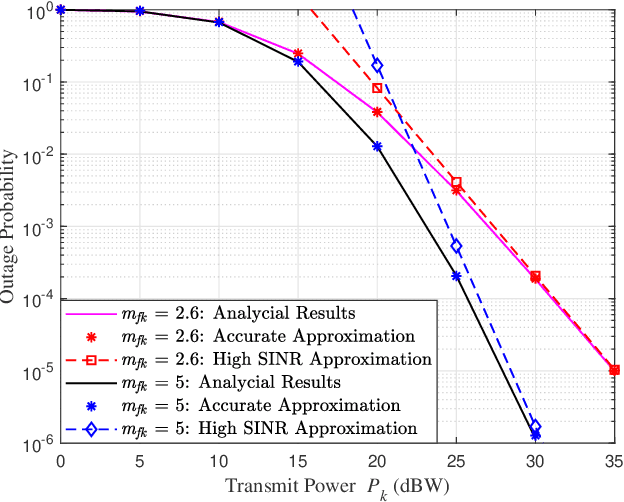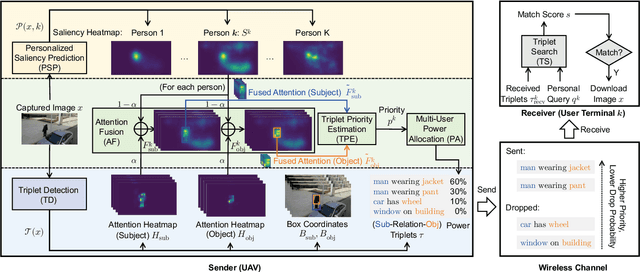Personalized Saliency in Task-Oriented Semantic Communications: Image Transmission and Performance Analysis
Paper and Code
Sep 25, 2022



Semantic communication, as a promising technology, has emerged to break through the Shannon limit, which is envisioned as the key enabler and fundamental paradigm for future 6G networks and applications, e.g., smart healthcare. In this paper, we focus on UAV image-sensing-driven task-oriented semantic communications scenarios. The majority of existing work has focused on designing advanced algorithms for high-performance semantic communication. However, the challenges, such as energy-hungry and efficiency-limited image retrieval manner, and semantic encoding without considering user personality, have not been explored yet. These challenges have hindered the widespread adoption of semantic communication. To address the above challenges, at the semantic level, we first design an energy-efficient task-oriented semantic communication framework with a triple-based {\color{black}scene graph} for image information. We then design a new personalized semantic encoder based on user interests to meet the requirements of personalized saliency. Moreover, at the communication level, we study the effects of dynamic wireless fading channels on semantic transmission mathematically and thus design an optimal multi-user resource allocation scheme by using game theory. Numerical results based on real-world datasets clearly indicate that the proposed framework and schemes significantly enhance the personalization and anti-interference performance of semantic communication, and are also efficient to improve the communication quality of semantic communication services.
 Add to Chrome
Add to Chrome Add to Firefox
Add to Firefox Add to Edge
Add to Edge